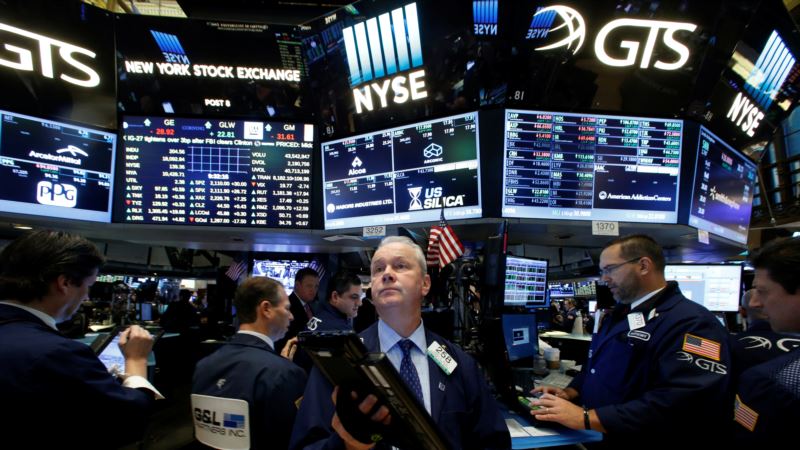U.S. equities took a breather this week as the major averages consolidated a bit following recent gains and new all-time highs in the S&P 500, Dow Jones Industrial Average and Nasdaq. The dollar traded higher due to more hawkish language out of the Federal Reserve suggesting a rate hike may be in the cards by the time 2016 closes out. As a result, USD sensitive commodities such as gold and silver moved lower. Trading week ahead Volume and action should be relatively quiet through the Labor Day holiday (September 5) with one of the most popular U.S. vacation periods on the annual trading calendar now upon us. In addition, the earnings reporting season is essentially over, so there will be little in terms of corporate news. As such, attention turns back to monetary policy. The Kansas City Federal Reserve Bank hosts an annual monetary policy symposium, discussing "Designing Resilient Monetary Policy Frameworks for the Future," in Jackson Hole, Wyoming, on Thursday and Friday. This event is closely watched by market participants because it attracts a high-profile, global audience including central bankers and policy makers, including Federal Reserve Chairman Janet Yellen at 11a.m. ET Friday. The speeches are analyzed in depth and headlines can move the markets, particularly the financial sector and commodities because are they are sensitive to swings in the U.S. dollar. Investors will examine Yellen's remarks to gauge the likelihood of a rate hike in September. "You are getting a lot of mixed messages from voting and non-voting members of the Fed as they flip-flop from dovish to hawkish, and that makes it difficult to get a handle of a market that is trading in such a tight range, even as the averages hit all-time highs," said Chris Dearborn, managing director at Nasdaq's Market Intelligence Desk. Economic data In addition to Jackson Hole, several key pieces of economic data will be released, including New and Existing Home Sales, Durable Goods Orders, International Trade in Goods, Consumer Sentiment and GDP (Gross Domestic Product) for the second quarter estimate. GDP will be the most closely watched because it is the all-inclusive measure of economic activity. There are four major categories: personal consumption expenditures, investment, net exports and government. It helps the Federal Reserve and investors gauge the strength or weakness in consumer spending, business and residential investment, and inflation. Unemployment data and GDP are major factors the Fed considers when creating monetary policy.
US Markets Enter End-of-summer Quiet Period






